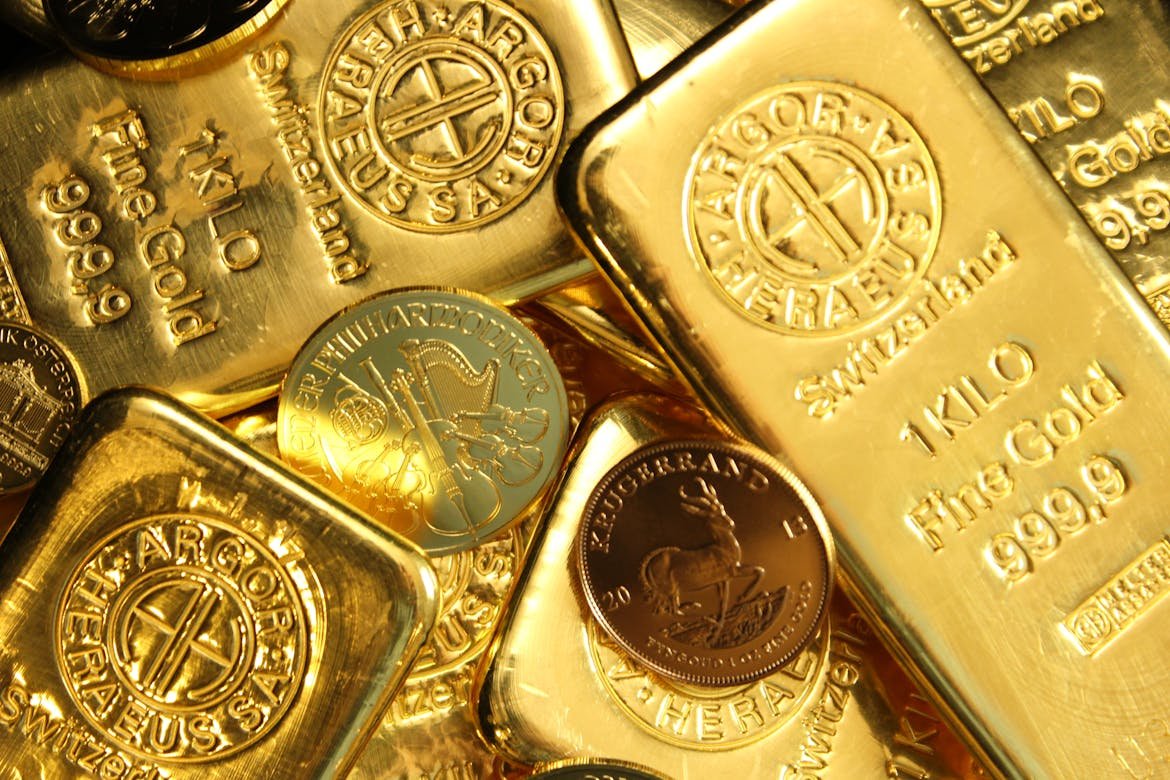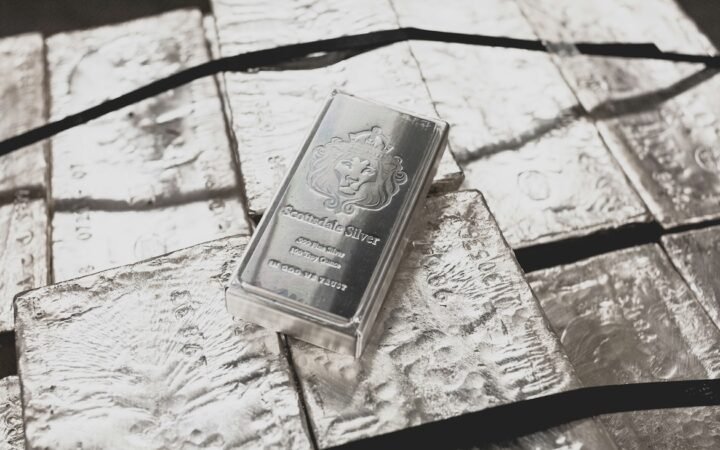Gold has reached another historic milestone — the total market capitalization of all above-ground gold has now surpassed $30 trillion, according to data from CompaniesMarketCap. The surge highlights the metal’s unparalleled role as a store of value in times of economic and political uncertainty.
Spot gold traded at $4,284.60 per ounce as of October 16, 2025, while U.S. gold futures for December delivery touched an intraday high of $4,328.70 per ounce, both setting fresh records.
Analysts say the rally reflects safe-haven demand amid renewed U.S.-China trade tensions and growing expectations that the Federal Reserve will deliver additional rate cuts before year-end.
At these prices, gold’s total value – based on an estimated 7.4 billion ounces in global circulation – now exceeds $30 trillion, making it one of the largest asset classes in the world. The figure surpasses the combined market capitalization of the entire energy sector and nearly matches the annual GDP of the United States and China combined.
Safe-Haven Demand and Central Bank Buying Fuel the Rally
Gold’s rise has been fueled by a perfect storm of geopolitical stress, monetary easing, and institutional accumulation. As previously mentioned in MarketSpeaker’s earlier reports, the metal’s rally accelerated after breaching the $4,000 and $4,179 thresholds earlier this month. The latest breakout above $4,200 underscores how persistent uncertainty continues to push investors toward tangible assets.
“If Bitcoin can loosen its correlation with US equities [amid] the tense geopolitical backdrop, particularly if gold flows decelerate, perhaps this is the trade after the trade,” said venture investor Joe Consorti.
Central banks have been instrumental in sustaining demand. The People’s Bank of China, Reserve Bank of India, and Central Bank of Turkey all expanded their gold reserves in 2025, marking one of the strongest years of official sector buying in modern history. Meanwhile, ETF inflows and physical bullion purchases by high-net-worth investors remain elevated.
“Gold is functioning not only as a hedge against inflation but as a hedge against political instability and monetary volatility,” said a senior commodities analyst at JPMorgan. “At $30 trillion in market value, it is effectively operating as a parallel global reserve.”
The Scale of Gold’s Valuation
Gold’s $30 trillion valuation places it on par with the entire U.S. equity market in 2010, and more 14 times larger than Bitcoin’s market capitalization, which is around $2.1 trillion. Analysts estimate that each $100 increase in price adds roughly $740 billion to gold’s total global valuation.
Gold now exceeds the combined market capitalization of the so-called ‘Magnificent 7’ – Nvidia, Microsoft, Apple, Alphabet, Amazon, Meta, and Tesla – whose total value stands at roughly $20 trillion, making gold more than 1.5 times larger than the world’s biggest tech giants combined.
Market strategists at Bank of America and Societe Generale have maintained bullish forecasts, projecting gold to reach $5,000 per ounce by 2026, driven by structural fiscal deficits, sustained central bank purchases, and continued investor diversification out of the U.S. dollar.
With spot and futures prices at record levels, gold’s performance in 2025 is its strongest in over four decades, up more than 60% year-to-date. The metal has now logged nine consecutive weekly gains, outpacing all major asset classes.
Analysts note that the move signals a deeper shift in global capital behavior – from speculative risk to durable value. As rate cuts, inflation, and trade frictions persist, gold’s $30 trillion milestone may represent not a capstone, but the midpoint of a longer revaluation cycle that could redefine the role of precious metals in modern finance.





